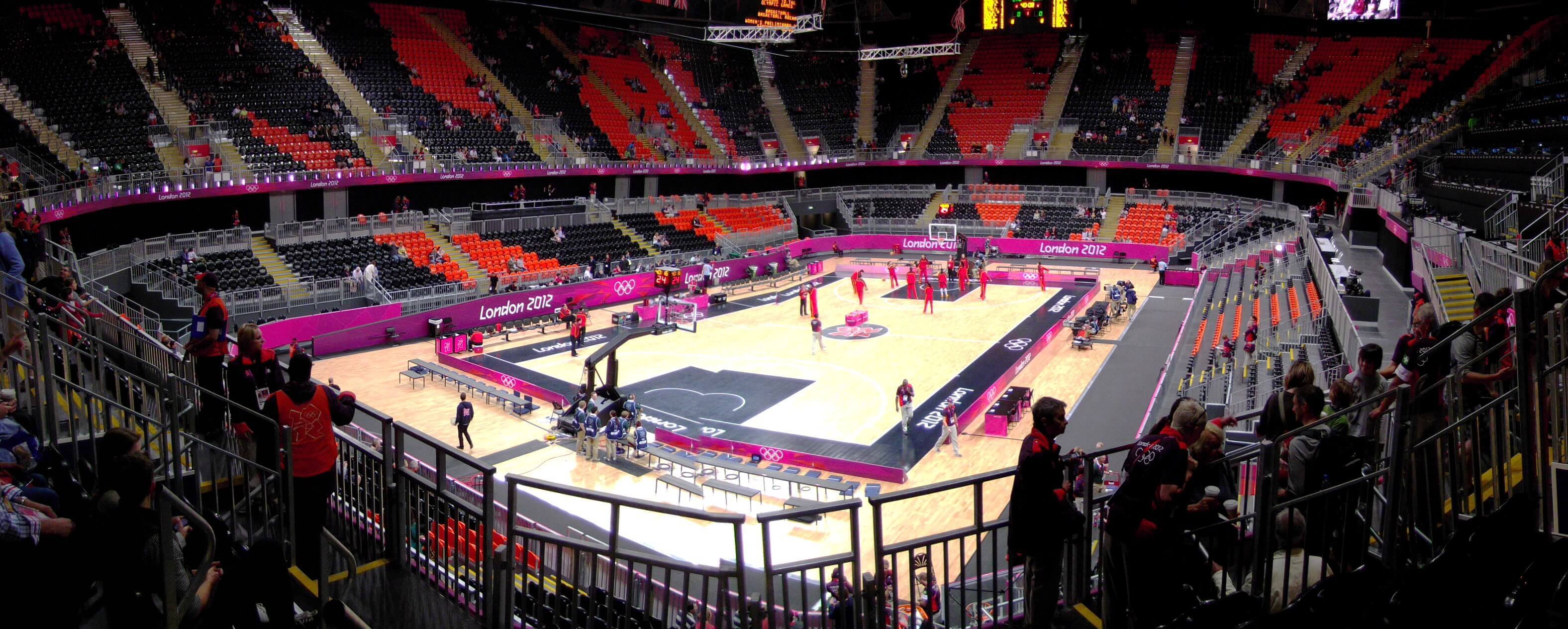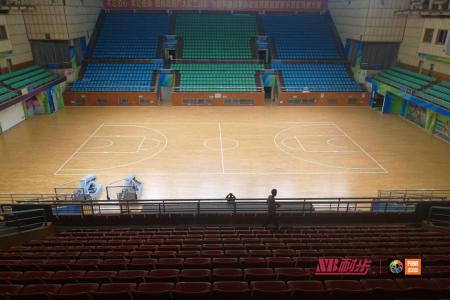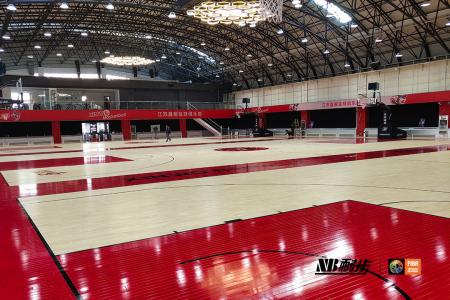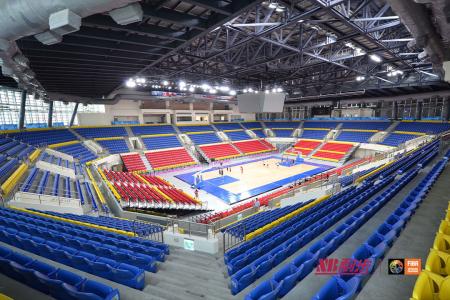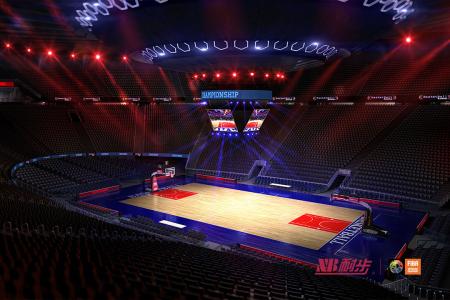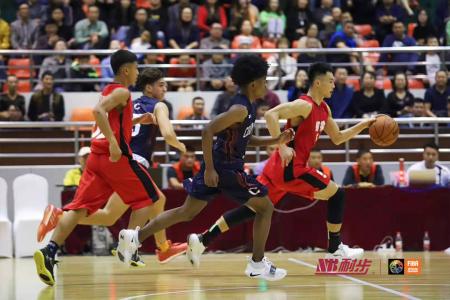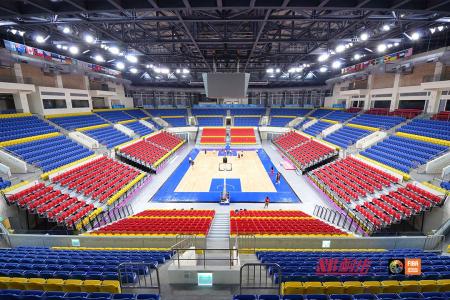Recent studies have shown that properly resilient dance wood floors can reduce injuries commonly encountered by dancers and prolong professional life. However, there is still no standard specification for dance floors. As a pioneer in the dance floor industry, osNB dance wood floors first use the tests specified by the German standard DIN18032 - including vertical deformation, impact reduction and ball rebound. A similar test also applies to the European standard EN14904 – Standard for multipurpose sports floors.
Dance, indoor sports and physical training all require resilient floors, but dancers and athletes have significantly different floor requirements. Some types of dance, such as ballet, require the floor to provide friction to prevent slipping while performing. For basketball players, where too much friction can cause ankle or knee twisting, the 90% ball rebound specified in DIN 18032 is a must for them, but not a concern for dancers. Different types of dance use different types of shoes, such as tap and Irish dance with hard-soled shoes, ballet with soft-soled shoes, and indoor dances such as contemporary dance with bare feet. Dancers of social or standard dance prefer the smoothness and speed that traditional wooden floors give them, but barefoot contemporary dancers fear debris on the floor, and tap dancers fear damage to the floor. NB Dance Floors has designed and developed dance floors over the years. This standard is based on the test results of the most common single-section multi-purpose floor. Generally speaking, this floor is too hard for dance and the degree of deformation is uneven. All in all, dance floors are softer than sports floors. The surface of the floor is also a very important factor, NB's floor surface designed for dance incorporates the right amount of friction or slip resistance. Contact us for more information on dance floors.

